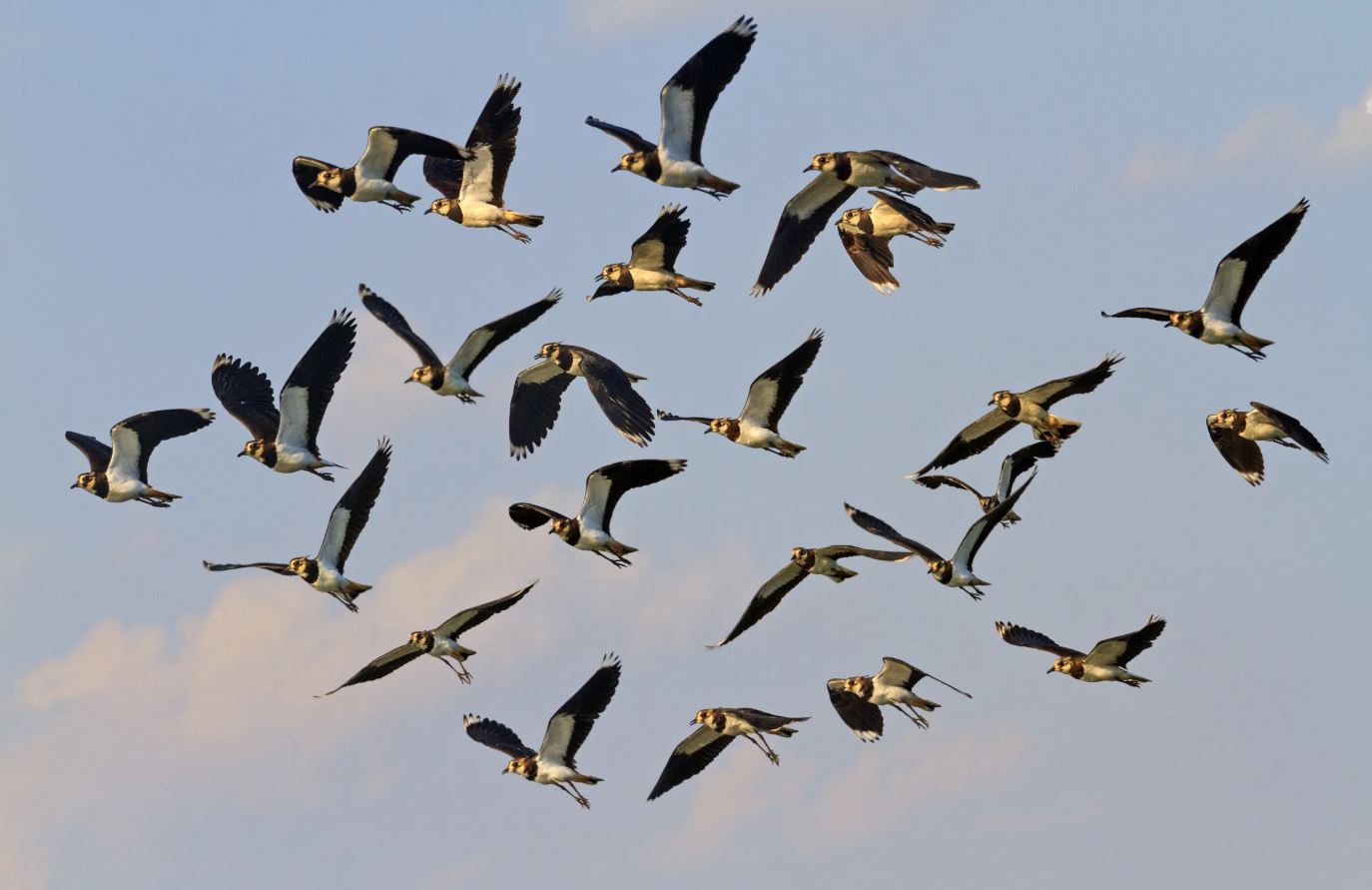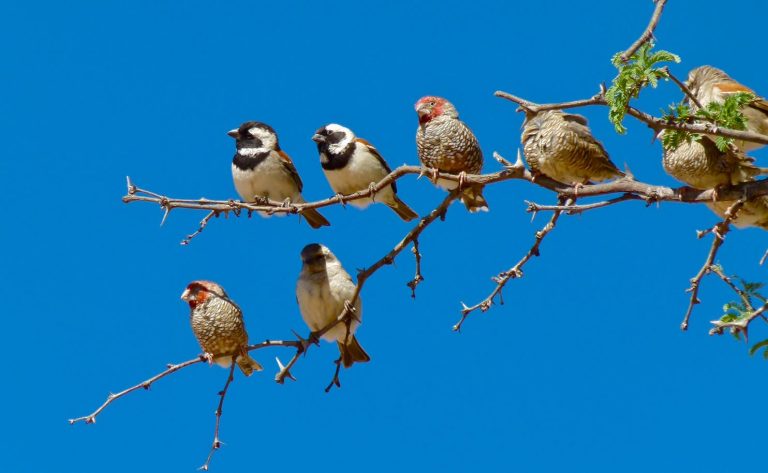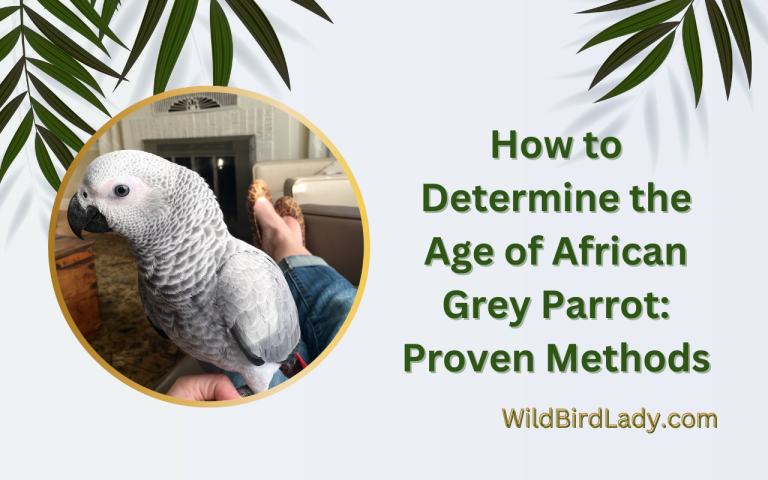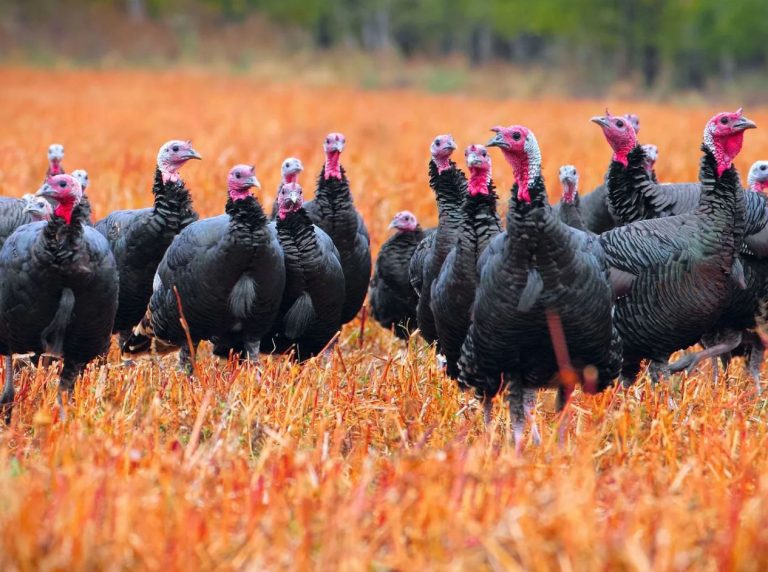What Is a Group of Lapwings Called?
If you’ve ever spotted a cluster of sleek, crested birds darting and calling across open fields or wetlands, you might have encountered lapwings. These quirky, vocal birds have a fascinating name for their group—one that evokes imagery of elegance, sound, and spectacle. So, what is a group of lapwings called?
A group of lapwings is commonly called a “deceit”.
Intriguing, right? But why “deceit”? And what makes lapwings so unique among flocking birds? In this comprehensive article, we’ll explore the origin of this peculiar group name, uncover incredible lapwing behaviors, and answer popular questions about their social lives. Whether you’re a birdwatcher, nature enthusiast, or simply curious, you’re about to dive into the secret world of lapwings.
What Is a Group of Lapwings Called?
The most widely accepted collective noun for lapwings is a “deceit”. Some less common terms include:
- A trip of lapwings
- A knob of lapwings
- A desert of lapwings (in rare historical texts)
However, “deceit” remains the most poetic and widely recognized term, appearing in several birding glossaries and old English literature.
The Curious Origin of “Deceit”
Why would a group of innocent-looking birds be called a “deceit”? The answer lies in the lapwing’s remarkable use of distraction and deception during nesting.
The Art of Misdirection
Lapwings, especially during breeding season, are masters of misdirection. When a predator or human gets too close to their nest, a lapwing will:
- Call loudly and run in a different direction
- Fake a wing injury to lure predators away
- Circle and mob the intruder to confuse them
These clever techniques serve one purpose: to protect their eggs and chicks without engaging in direct conflict. Early observers, particularly in medieval England, were fascinated by this behavior—and the word “deceit” captured it perfectly.
Lapwing Species Overview
There are about 25 species of lapwings, all members of the subfamily Vanellinae. The most commonly known is the Northern Lapwing (Vanellus vanellus), also known as the peewit or green plover.
Common Features of Lapwings
- Crested head (especially in Northern Lapwings)
- Broad, rounded wings
- Iridescent plumage with green, black, or bronze hues
- Loud, whistling calls—hence the nickname “peewit”
- Ground-nesting habits in open habitats
Lapwings are found across Europe, Asia, Africa, and parts of Australia and South America, depending on the species.
Why Lapwings Gather in Groups
Lapwings are highly social birds. Outside the breeding season, they often form large flocks—or should we say, deceits—for several important reasons:
1. Safety in Numbers
A large group makes it harder for predators to single out individuals, and collective vigilance means someone is always on the lookout.
2. Foraging Efficiency
Lapwings eat insects, worms, and small invertebrates. In fields and wetlands, they can cover more ground quickly and detect food sources through group activity.
3. Roosting and Migration
During winter, lapwings roost communally. Their flocks can swell to thousands, especially in open grasslands or muddy flats.
Fascinating Lapwing Behavior in Groups
Watching a group of lapwings is like observing an aerial ballet. Here’s what makes their group dynamics so mesmerizing:
Mobbing Predators
Lapwings aren’t shy when it comes to defending their territory. They’ll swoop and dive at crows, hawks, or even humans, using collective aggression to drive away threats.
Coordinated Flight Patterns
Lapwing flocks are known for their synchronized flight, turning and banking in unison. The sound of hundreds of wings beating at once is unforgettable.
Communal Roosting
At night or in cold weather, lapwings huddle together. This behavior conserves heat and offers protection from predators.
Where You Can See Groups of Lapwings
In Europe:
- The UK: Wet meadows, plowed fields, and coastal marshes
- The Netherlands and Germany: Wintering grounds for massive flocks
In Asia:
- India and Pakistan: Red-wattled lapwings are common in farmland and urban areas
In Africa:
- Blacksmith lapwings are found near rivers, lakes, and dams
To spot a deceit of lapwings, visit their habitat at dawn or dusk, particularly in late fall and winter when flocks are largest.
Other Collective Nouns for Birds
Bird group names are famously poetic and whimsical. Here are a few other examples:
- A murder of crows
- A parliament of owls
- A gaggle of geese (on land)
- A skein of geese (in flight)
- A murmuration of starlings
- A charm of finches
The term “deceit” fits right into this tradition—evocative, symbolic, and rooted in behavior.
Lapwings in Folklore and Culture
Lapwings have appeared in literature, poetry, and folklore across cultures:
- Shakespeare referenced the lapwing’s deceptive nature in Measure for Measure:
“This bird is so forward in his flight that he leaves his tail behind him.” - In Irish mythology, lapwings were thought to carry the souls of the dead.
- In Japan, lapwings (especially the Masked Lapwing) are considered protective spirits of rice paddies.
- Some Native American traditions link lapwings to trickster figures—again emphasizing the bird’s clever tactics.
How to Attract Lapwings to Your Area
While not common backyard birds, if you live in a rural or semi-wild area, you might be able to attract lapwings by following these tips:
1. Preserve Open Fields and Wetlands
Lapwings prefer flat, open areas with short vegetation for nesting and feeding.
2. Avoid Pesticides
These birds rely on insects and invertebrates. Healthy soil and bug populations are key.
3. Protect Nesting Sites
Lapwings nest on the ground. Mark or fence off known nests to protect them from machinery or trampling.
4. Provide Shallow Water Sources
Seasonal pools or flooded fields attract lapwings, especially during migration.
Frequently Asked Questions (FAQs)
Q1: Why is a group of lapwings called a deceit?
Answer: Because of their clever nesting defense behavior—such as pretending to be injured or leading predators away—lapwings were historically viewed as deceptive. The term “deceit” reflects this unique trait.
Q2: Do all lapwing species flock together?
Answer: Most lapwing species form groups outside of the breeding season, especially during migration or winter. The size and frequency of these flocks vary by species and habitat.
Q3: Are lapwings endangered?
Answer: The Northern Lapwing, for example, has experienced sharp declines in parts of Europe due to habitat loss and modern farming. It’s currently listed as Near Threatened by the IUCN. Conservation efforts are underway to protect their breeding grounds.
Q4: Are lapwings good fliers?
Answer: Yes! They are agile, acrobatic fliers known for their wide, rounded wings and looping flight patterns. Their flight displays are especially dramatic during courtship and mobbing.
Q5: Can lapwings be kept as pets?
Answer: No. Lapwings are wild birds protected by law in many countries. They require specific habitats and diets and are best appreciated in nature.
Final Thoughts
So, what is a group of lapwings called? The answer—a deceit—is more than just a quirky name. It captures the heart of what makes these birds so fascinating: their intelligence, social behavior, and survival strategies.
From poetic aerial displays to clever parenting techniques, lapwings offer a world of wonder to those who stop and watch. Whether you’re a seasoned birder or someone newly enchanted by the natural world, take a moment to admire the next deceit of lapwings you encounter—and remember the rich story behind the name.








